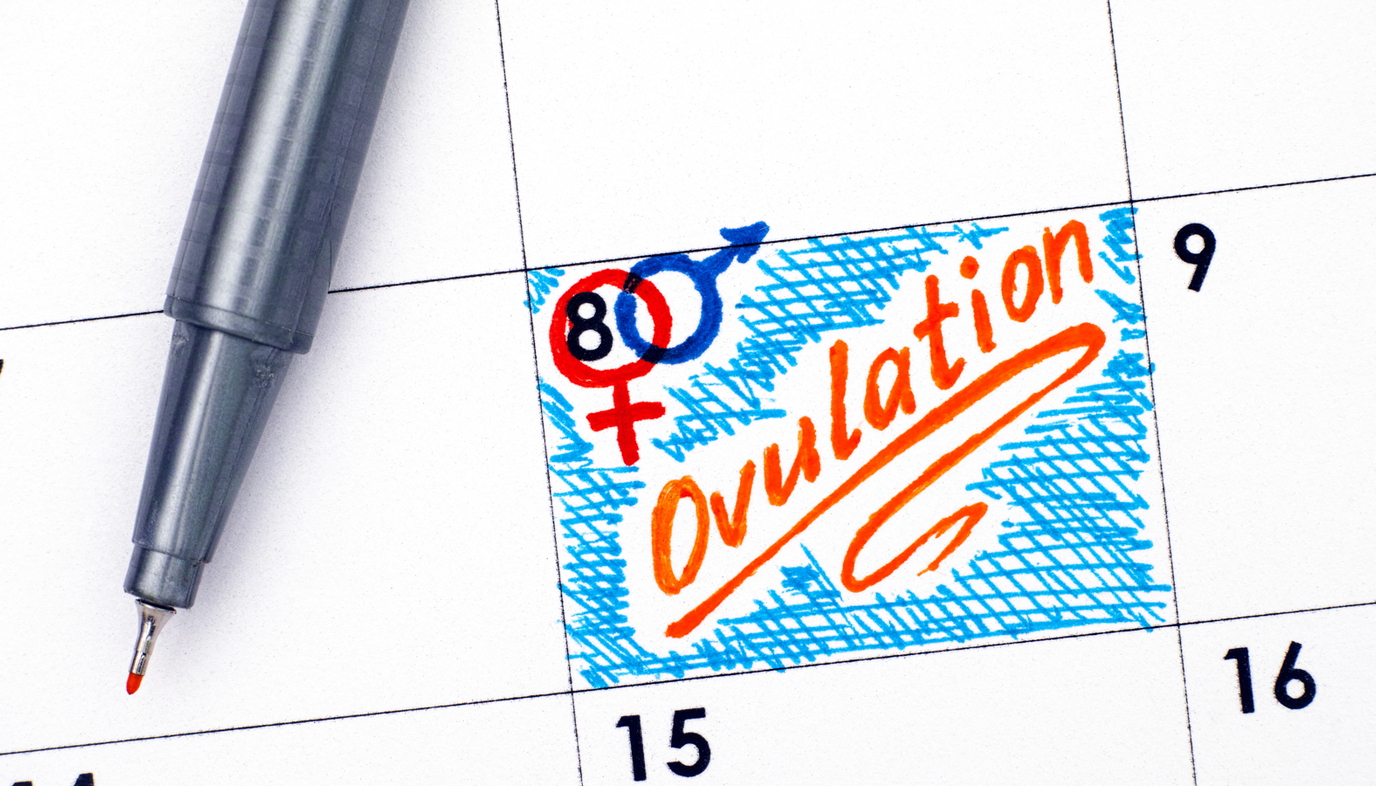
If you would like to know precisely when you ovulate, the best way to determine this is to use an ovulation prediction test and to keep a fertility chart. You can get an idea of when you are ovulating simply by tracking your fertile signs. However, this will only let you know that you are displaying signs of high fertility. To accurately find out when you ovulate, you’ll need to take a few extra steps.
Purchase an Ovulation Prediction Test Kit
The first thing you will want to do is to purchase an ovulation prediction kit (or OPK). OPKs are designed to detect a hormone (luteinizing hormone or LH). A couple days before you ovulate, your LH levels will surge. An OPK will pick up this increase in LH and give you a positive result. Once you have a positive result, you should ovulate in the next 12 to 36 hours.

Keep a Fertility Chart
By tracking your basal body temperature daily, first thing in the morning, you can determine when you ovulate. A fertility chart is one of the best tools for pinpointing ovulation. If you record your temperatures daily on a chart, you will see your temperatures shift about .4 degrees after you ovulate. If the shift is sustained for 3 days, you can assume you have ovulated. The drawback with a fertility chart is that you can’t see when ovulation occurred until a few days after you’ve ovulated. Still, it’s a good way to confirm when ovulation took place.
Monitor Your Fertile Signs
Around the time you ovulate, your body lets you know that you are fertile by giving you signs that you are ovulating. Some things you might notice include an increase in cervical mucus. Cervical mucus that is thin, stretchy, and egg-white-like is the most fertile type of cervical mucus. If you have any spotting mixed in with this mucus, that can be a good sign too. Other fertile signs include breast tenderness, bloating, mild nausea, and pain on one side. If you notice these signs around the same time as having a positive ovulation test, you should consider yourself fertile.
Use an Ovulation Calendar
An ovulation calendar is not the most accurate way to predict ovulation, but for most women, it works well. The calendar method is best for women who have regular cycles. If your cycles vary significantly, an ovulation calendar may not predict the correct day you ovulate. The way that the calendar works is that it counts backward by 14 days (the length of the average woman’s luteal phase) from the first day of the women’s anticipated period. So a woman with a 28-day cycle would ovulate around cycle day 15, a woman with a 29-day cycle would ovulate around cycle day 16, etc.
By combining fertility charting or using an ovulation calendar with OPKs and monitoring your fertile signs, you should have a good idea of when you are close to ovulating. A fertility chart will help you to confirm the date has occurred and will allow you to see how well you timed intercourse with ovulation.

